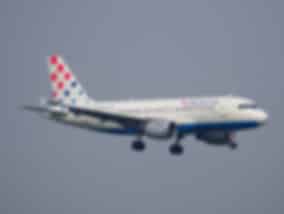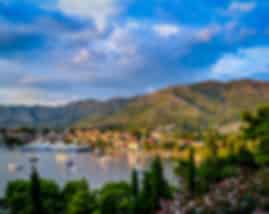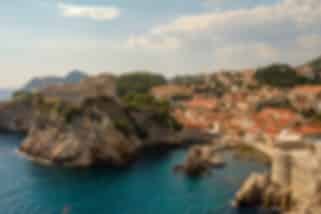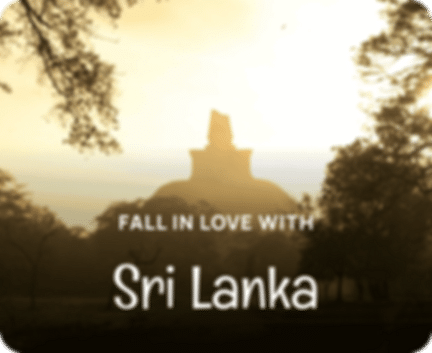Croatia In February: A Complete Guide For First Time Travellers
Author
Dikshya Shaw
Updated Date
January 30, 2025
Read
9 minutes

If you are planning to experience winter in Croatia, I dare say February is the last month. It is the last full month of winter in Croatia. It offers snowy adventures, massive festivals as well as fewer tourists and lower prices. Croatia, a predominantly Catholic country, gets into festive spirits around Lent and different carnivals, such as Rijeka and Samobor. If you are in Croatia in February, you will witness the coming of spring with Mardi Gras celebrations across the country.
Croatia Tour Package Starting @ ₹52,194
Dubrovnik Old Town. Diocletian's Palace. Gornji Grad. Zlatni Rat Beach. Game of Thrones Tour
View Croatia Packages
Weather In Croatia In February

Weather, Croatia in February
February is the second coldest month of the year. During this month, you will see snow in the interior of Croatia and rain on the coast, with average daily temperatures running from 34 to 48 degrees Fahrenheit. There is a chill in the air. Nevertheless, February is pleasant if you dress appropriately. However, if you want to experience a cosy atmosphere, stay out of the sea. As February is the last month of winter, you will see some signs of Spring, and the days getting longer with around 10 hours of daylight.
Crowds & Costs In Croatia In February

Crowds & Costs
February is a great time to visit, considering it is off-season. During this month, you will see few crowds along the popular Dalmatian coast and Istrian Peninsula. It has its advantages as it grants you an all-access pass to Adriatic views unhindered by tourists and selfie sticks. Though many hotels, restaurants and bars are closed in the coastal towns and islands, ferries operate on a reduced schedule. In February, skiing is popular. Many visitors head to the slopes outside of Zagreb and to Platak. The hills remain uncrowded.
Seasonal, weekly, and daily passes are reasonably priced concerning other popular ski destinations throughout Europe. Along with this, you will get to celebrate February by kicking off the fast-approaching “coming of spring” with Mardi Gras celebrations across the country. Croatia in February also holds some special carnivals and festivities like the Rijeka Carnival and the Feast of St. Blaise in Dubrovnik. If you are coming during this time, it is best to book reservations for accommodation well in advance.
Festivals In Croatia In February
There are some famous festivals in Croatia in February which you should look through before visiting the country.
1. Carnival
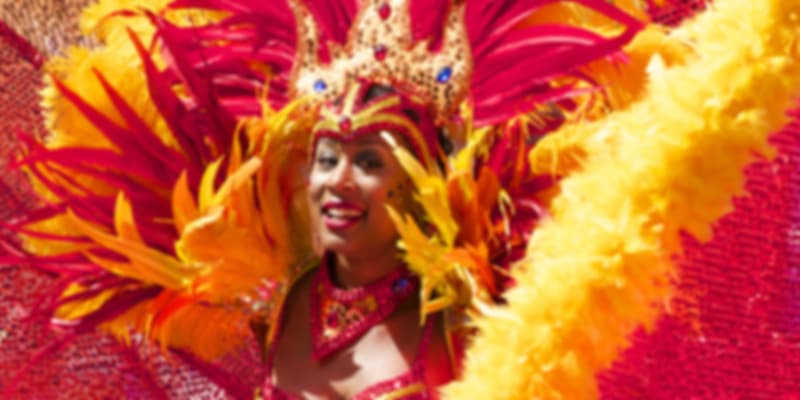
Carnival, Festivals in Croatia in February
Celebrations were banned in primaeval Yugoslavia. But, now Catholic Croatia makes a very big deal out of Lent and different carnivals. Normally falling around the third week of February, Carnival is celebrated enthusiastically with wild costumes, parades, floats and plenty of partying. The best carnival in Croatia is the Carnival (Karneval) of Rijeka. Another one is the Carnival of Samobor. But Zadar and Dubrovnik also put on quite a show. Don’t waltz into town expecting a hotel room though, make sure to reserve in advance.
2. Feast of St. Blaise in Dubrovnik

Feast of St. Blaise in Dubrovnik
Feast of St. Blaise in Dubrovnik is another great event on February 3. Replete with dancing in the streets, concerts, food, processions and costumes.
Travel Budget & Tourist Seasons In Croatia In February

Travel Budget & Tourist Seasons, Croatia in February
Depending on your departure time, budget your trip. Other than the tourist season (low, medium or high season) of the destination country, prices of your flight, hotel or all-inclusive stays may also vary depending on the demand in your country. The travel would be more expensive for travellers coming from western Europe for a start during the school holidays.
Here’s what to expect on average in Croatia in January:
- All-inclusive stays: 385 € per week
- Round-trip flight: 131 €
- Tourist season: low
4 Best Ski Resorts In Croatia In February
Here are some of the 4 best ski resorts in Croatia in February:
1. Sljeme Ski Resort
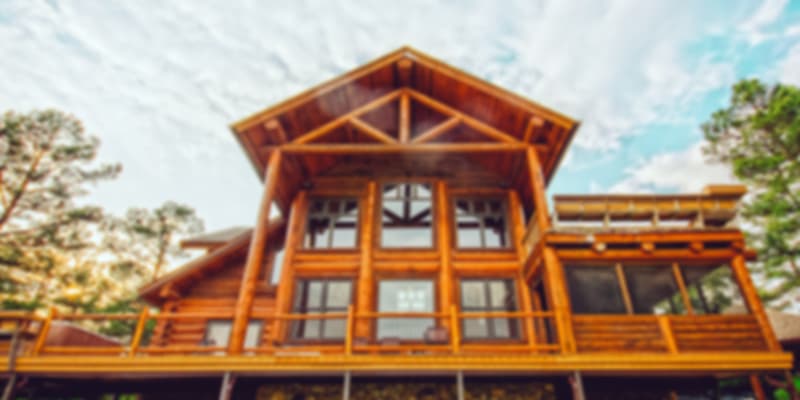
Sljeme Ski Resort
Sljeme Ski Resort is one of the top resorts in Croatia and is located on Mèdvednica Mountain’s slopes in Mèdvednica Nature Park. Situated just 10 km away from the Zagreb city centre, it attracts both locals and tourists alike. Winter sports enthusiasts and non-professional skiers can also enjoy a variety of slopes and runs here.
The resort has five slopes and three lifts, namely White Meadow, White Slope, Red Slope, Green Slope and Blue Slope. Among these, the Red Slope is the most difficult. The Red Slope has a chairlift and is equipped with an artificial snowmaker, which prolongs the skiing season.
On the other hand, the White and Green slopes have T-bar lifts. Many slopes are gentle and are suitable for children and those who are just learning how to ski. There is a lighting system for the Red and White slopes, which makes it possible for skiers to enjoy skiing at night.
2. Platak Ski Resort

Platak Ski Resort, Best Ski Resorts in Croatia in February
Platak is a popular destination throughout the whole year and its peak season is winter. Situated just north of Rijeka and west of Risnjak National Park, this resort has been around since the mid-1960s when its first ski lift was built.
Snow covers the area’s tall mountains for much of winter. Platak’s highest peak is Radeševo (1,363 metres above sea level). It has the ski resort’s longest and most famous trail. Moreover, it has challenging skiing and snowboarding runs. Additionally, there are also several easier and gentler slopes, perfect for children and beginners.
You can also get a Baby Trail, equipped with a conveyor belt for kids and tubing and sledging slopes. Platak, one of coastal Croatia’s best ski resorts, is also a great destination for everyone, from families with small children to recreational and even professional skiers and snowboarders. If you are a non-skier, you can also visit the area simply to enjoy its gorgeous winter scenery.
3. Mukinje Ski Resort

Mukinje Ski Resort
Mukinje Ski Resort is located near one of Croatia’s most famous natural attractions, Plitvice Lakes. It sits about 700 metres above sea level and offers winter sports for various visitors. From Plitvice Lakes National Park’s Entrance 2, it is only 2.5 km, and from Entrance 1, it is only 5 km. Everyone from experienced skiers, recreationists, beginners and children can all enjoy the wintry beauty of this part of Croatia.
It not only has one ski lift but several ski trails to choose from. Both can hold a capacity of 400 people per hour and are about 400 metres long. The average slope gradient at this resort is only 15%. It makes this a suitable destination to learn to ski or snowboard. Also, many slopes are great for sleighing and sledging.
Feel free to rent all kinds of winter sports equipment at the resort, such as snowboarding and skiing equipment, toboggan sledges, sleighs, and the incredibly fun snow saucers. You can also reserve everything in advance.
4. Čelimbaša Ski Resort

Čelimbaša Ski Resort, Best Ski Resorts in Croatia in February
You can find Čelimbaša Ski Resort in Mrkopalj. It is about 15 km from Delnice. Situated at an elevation of 1,100 metres, its slopes start at 825 metres above sea level. Its drag lift is about 700 metres long and has a capacity of 600 skiers per hour.
This ski resort has three different ski trails, all of which have different lengths. The Tourist Trail, which is the longest of the three, is 1,400 metres long and has the gentlest grade. If one of your favourite winter adventurous sports is tobogganing, you can try it here too. The Sunny Trail is 1,000 metres in length, while the Black Path is 500 metres long and is the ski resort’s steepest run.
Nevertheless, if you are looking for an alternative winter sports destination to the popular resorts of France, Italy and Switzerland, consider visiting Croatia in February.
Tips for Your Croatia Trip In February
- If you are in Croatia in February, you might want to attend the Rijeka Carnival, one of the largest carnival festivals in Europe, which is followed by concerts, exhibitions, masquerades and parties.
- Don’t miss out on some traditional winter food such as Bakalar, bean soup, kupus and a wide range of stews prepared over an open fire.
- Discover the nightlife in Croatia.
- Don’t come out of this country without shopping.
- Have fun at some of the best waterfalls in Croatia.
Frequently Asked Questions for Your Croatia Tour
Yes, February is a great month to visit Croatia. There are a lot of things to do in Croatia during this time, and also the weather is fascinating.
Lent and Carnival, Rijeka Carnival, Zagrebdox and Feast of St. Blaise are some events in Croatia in February.
Dubrovnik has highs of 11°C and lows of 5°C. The average temperature in Split is 8°C. Zagreb is much colder with an average temperature of 3°C.
You may stay 10 days in Croatia.
Yes, Croatia is expensive for tourists. However, you can easily visit Croatia with a budget of about €50 – €60 per day.
There are many reasons to visit Croatia in February from weather, crowds & costs to travel budget and tourist seasons and best ski resorts to stay in. Croatia will never fail to satisfy you with its splendid charm. Visit Pickyourtrail, where you will find some pre-packaged Croatia packages. Additionally, customise your own Croatia itinerary and choose what suits you the best.
Top-Selling Croatia Packages
Croatia Family Vacation Packages | Croatia Budget Trip Packages
Explore Croatia’s charm through changing seasons
Croatia in January | Croatia in March | Croatia in April | Croatia in May | Croatia in June | Croatia in July | Croatia in August | Croatia in September | Croatia in October | Croatia in November | Croatia in December
Recommended articles for you
Discover Packages


Need help in planning?
Talk to our Travel Experts


